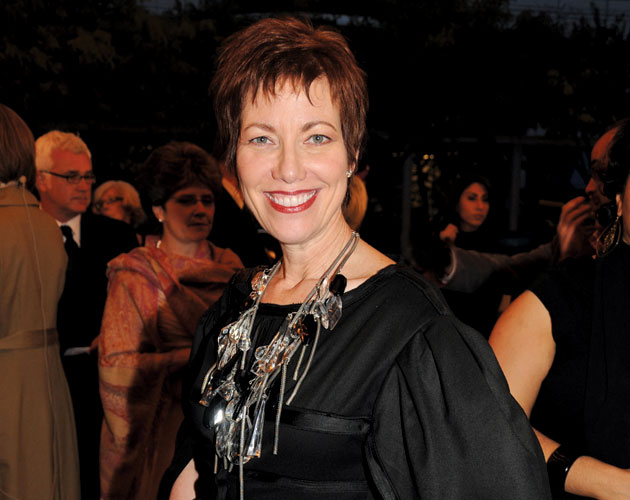Never say never

I’m told it’s practically a miracle. After two cycles of aggressive chemotherapy, my tumour has shrunk and pulled away from the veins and artery it was sitting on. That means I’m now a candidate for lifesaving surgery. “You’ve passed the first hurdle,” said my oncologist, Dr. Malcolm Moore.
I’m lucky to have him as my doctor. He’s an expert in pancreatic cancer, the head of medical oncology and new drug development at Toronto’s Princess Margaret Hospital (PMH), Canada’s leading cancer research hospital. “Malcolm Moore is the best in Canada for pancreatic cancer, probably the best in North America,” said Dr. Denny DePetrillo, who used to head up cancer surgery at Cancer Care Ontario. He now runs a cancer assistance program called CAREpath, which helps patients navigate the cancer system. It also helps patients ensure their treatment meets the accepted standard of care. Since I stepped through the doors at PMH, I never had any doubt about that. I’m fortunate that Dr. Moore is brilliant, but he’s not one to get overly excited. On delivering the good news, he didn’t crack a smile until I asked if it would be okay to dye my hair. (I was told not to during treatment, even though my drug cocktail doesn’t cause hair loss.)
In my last column, I told you about my encounter with the worst of our system — when I was diagnosed in a dirty emergency room by young doctors who seemed eager to tell me there was no treatment and no hope in my condition. This time I’m telling you about the best our health care has to offer. And it’s not just at PMH. When I was treated for breast cancer at Sunnybrook Health Sciences Centre two years ago, I also had excellent care. But that was different. The survival rate for the disease I had then is 86 per cent. That makes for a very large, if reluctant, sisterhood. Back then, except for one, my doctors were all women, all extremely warm. This time, the odds are not good. And the challenge of increasing them seems to attract a type I can only describe as “alpha male.”
I’m always amazed when I walk into the waiting room for a clinic. It’s tough to find a seat. With two doctors on duty, there can be up to 80 people in those rooms. Even if you figure only half are patients, and the rest family members, it’s clear how great the need is, not to mention how much greater it will become as Zoomers get older.
Dr. Moore sees 250 new cancer patients each year. PMH as a whole treats more than 10 thousand annually. It’s not just the government that makes this possible. The PMH Foundation raises more than $60 million a year for research and care — and those are the things that will keep our best practitioners here at home.
I didn’t get a sense of just how good my news was until Dr. Moore sent me to see the radiation oncologist after he looked at my scan. “This is excellent, and it’s very rare,” Dr. Andrew Bayley told me and my husband, Doug. “I don’t know the exact percentage of cases where we see shrinkage like this but it’s in the single digits.”
I made a mental note to track down that number but, on second thought, I decided I didn’t need to know. It’s scary enough without that detail. “You’re winning,” Dr. DePetrillo wrote me in an e-mail. I sure hope he’s right, even though it’s much too soon to declare victory. The race is very tight. So I’ll take the advice that’s given to competitive runners: turning your head to get a good look at your opponent can cost you the finish line. For now, I’m just keeping my eyes forward, putting one foot in front of the other.
http://credit-n.ru/zaymi-nalichnymi-blog-single.html http://credit-n.ru/offers-zaim/moneza-online-zaym.html